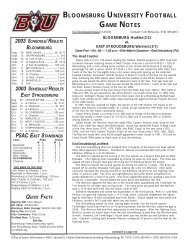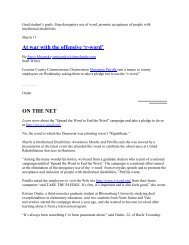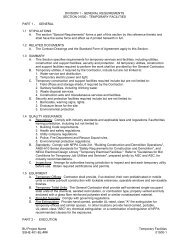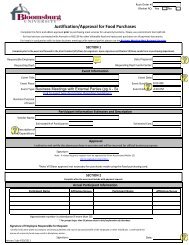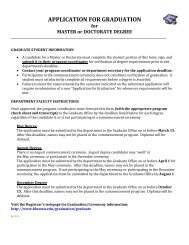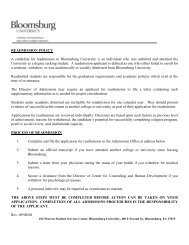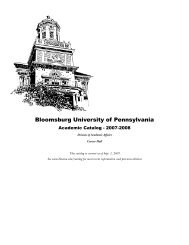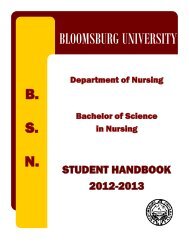EXHIBIT 28 Collective Bargaining Agreements With Unions ...
EXHIBIT 28 Collective Bargaining Agreements With Unions ...
EXHIBIT 28 Collective Bargaining Agreements With Unions ...
Create successful ePaper yourself
Turn your PDF publications into a flip-book with our unique Google optimized e-Paper software.
facilitate the implementation of modified duty assignments, schedule and assignment changes may<br />
be implemented as soon as practicable. If the employee is unable to resume all of the duties of the<br />
employee's classification within a reasonable period of time, the Employer may demote or laterally<br />
reclassify the employee to an appropriate classification, taking into account the duties and<br />
responsibilities the employee is capable of performing and subject to the protections afforded by<br />
Federal and State Statutes.<br />
Section 12. Sections 1 through 11 and 13 of this Article shall not be applicable to employees<br />
whose injuries are within the scope of either Act 193 of 1935, P.L. 477, as amended, or Act 632 of<br />
1959, P.L. 1718, as amended.<br />
Section 13. An employee who is disabled due to a recurrence of a work-related injury after<br />
three years from the date the injury occurred, or before three years if the leave entitlement in<br />
Section 1 has been depleted, shall be entitled to use accumulated leave and injury leave without<br />
pay while disabled for a period of up to 12 weeks. To be eligible to use injury leave without pay,<br />
the employee must have been at work at least 1250 hours within the previous 12 months. The 12<br />
week period will be reduced by any other leave used within the previous 12 months that was<br />
designated as leave under the provisions of the Family and Medical Leave Act. If only<br />
accumulated leave is used, it may be used beyond 12 weeks until exhausted or until the disability<br />
ceases, whichever occurs sooner. While using accumulated leave, the leave will be charged and<br />
paid in accordance with Section 1.<br />
Section 14. It is understood by both parties that the provisions of this Article are consistent with<br />
the Family and Medical Leave Act of 1993, USC Sections 2601 et seq. and that leave granted in<br />
accordance with Sections 1 and 13 shall be designated as leave under the provisions of the Act.<br />
Section 15. It is understood by both parties that the provisions of this Article are consistent with<br />
the Americans with Disabilities Act and the Pennsylvania Human Relations Act, 43 P.S. Sections<br />
951 et seq.<br />
ARTICLE 27<br />
CLASSIFICATION<br />
Section 1. The position classification plan, as established and maintained by the Employer,<br />
consists of a schedule of classification titles with classification specifications for each classification<br />
which define and describe representative duties and responsibilities and set forth the minimum<br />
requirements and qualifications essential to the work of the classification. Only in those instances<br />
where there is a substantial change in permanent job duties or job content during the term of this<br />
Agreement which justifies a change in job classification, the employees may process an appeal for<br />
a reallocation of their position through the grievance procedure as set forth in Article 37 of this<br />
Agreement, except that Step 5, Arbitration, shall be replaced by Section 2 of this Article.<br />
When the employee submits a grievance in Step 1, the employee shall attach to the<br />
grievance a description of the job. Employer determinations prior to Step 4 can be reversed by the<br />
Office of Administration.<br />
51




